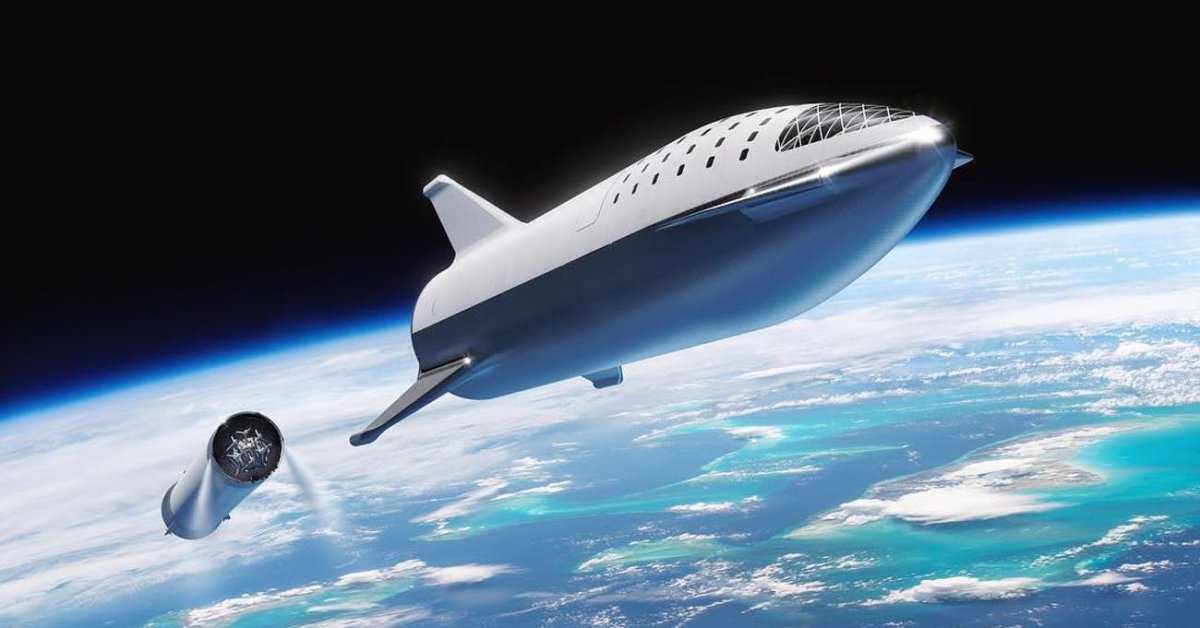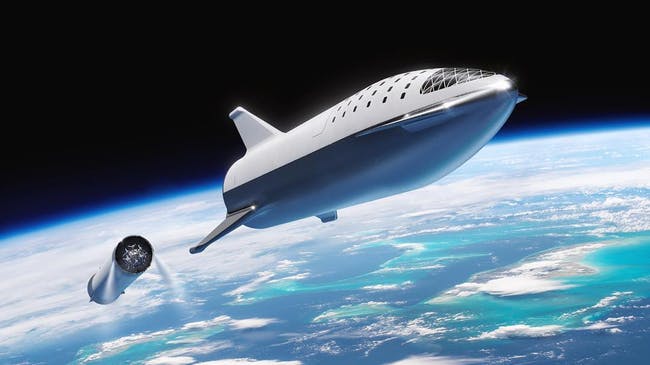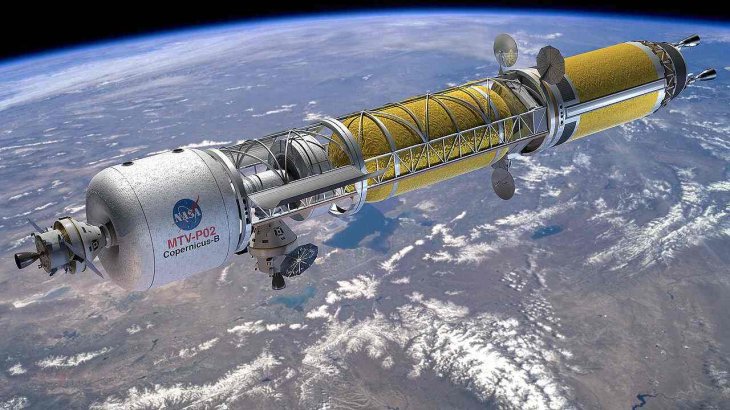Elon Musk Proposes Using Nuclear Rockets To Speed Up Mars Missions
Dhir Acharya - Jul 26, 2019

Elon Musk declared nuclear thermal rockets to be “a great area of research for NASA,” which could be several times more powerful than existing rockets.
- SpaceX’s Starship Explosion: A Part Of Musk's Master Plan?
- Elon Musk Is Curing Blindness With Neuralink Blindsight!
- Elon Musk’s Optimus Robot: Will It Steal Your Job or Be Your Robot Wife by 2030?
On Monday, Elon Musk declared nuclear thermal rockets to be “a great area of research for NASA.” The SpaceX CEO stressed that this rocket fuel alternative could enable faster travels around the solar system, which is Musk’s special interest as his company develops plans to civilize other planets.
Proponents of the idea say that this may reduce the total radiation amount that astronauts have to endure. While astronauts are exposed to a high level of radiation in deep space and a nuclear reactor would increase the amount of radiation, the decreased time travel time could outweigh the radiation exposure.
Musk's tweet reads:


Musk’s statement was in response to a Universal-Sci’s story that explains how nuclear rockets can cut down on the travel time between Earth and Mars from months to only 100 days.
Right now, SpaceX is working on Starship, the stainless steel powered by methane and oxygen, carrying the mission of bringing humans to Mars. Using this fuel, humans can install a propellant depot to produce more fuel on Mars for the flight back to Earth or further travel in space. According to Musk, his company can set up an entire city on the planet by 2050, and nuclear rockets can help achieve this faster.
How could a reactor send astronauts into space?
Currently, a chemical-based rocket sets fire to the fuel and pushes the exhaust through a nozzle, which generates thrust to lift the rocket up and into space. On the contrary, the nuclear-powered rocket houses a reactor to heat up a fuel such as liquid hydrogen to blast the propellant through the nozzle at speed.
Scientists are excited about nuclear rockets because they could be several times more powerful than traditionally built rockets.
Specific impulse measures how much push is generated from a set unit of fuel. In the case of Saturn V rocket that took astronauts to the Moon, its specific impulse was 421 seconds on the second-stage boosters. On the other hand, the European Space Agency pointed out that the specific impulse of a nuclear rocket could be as high as 900 seconds, and that’s just for a basic version. With more radical designs, the impulse can even go higher, for example, the Orion Drive, with a nuclear bomb under the rocket, its specific impulse can reach 100,000 seconds.

In the 60s, when NASA was working with the Atomic Energy Commission, it began exploring this concept. And in 1969, just weeks after humans took the first step on the Moon, engineer Wernher von Braun was working on a way to fly to Mars using nuclear reactors.
His idea was to rely on three nuclear boosters in Earth orbit, which join together with a capsule mounted on the central core’s top. He envisioned that the mission would have taken place in the early 80s. However, the public wasn’t interested in sending humans to a planet of wasteland, most of von Braun’s plans were discarded.
In May 2019, the idea of nuclear rockets surged once again when the House Appropriations Committee approved to invest $125 million in exploring the development of nuclear thermal propulsion. Before that, Congress had already provided $100 million, about 70% of which was meant to prepare for a demonstration flight in 2024. The new funds, on the other hand, may be used for a multi-year plan.

As per Russia, Roscosmos is exploring the potential. The agency, in November 2018, announced plans of using nuclear space cruiser to fly to Mars. Dan Kotlyar, nuclear radiological engineering assistant professor at Georgia Institute of Technology, said:

SpaceX’s Starship is hosting its first non-tethered hop test series this week. With the Raptor engine having broken records, the mission can prove the potential of super-fast rockets in the future.
Featured Stories

Features - Jul 01, 2025
What Are The Fastest Passenger Vehicles Ever Created?

Features - Jun 25, 2025
Japan Hydrogen Breakthrough: Scientists Crack the Clean Energy Code with...

ICT News - Jun 25, 2025
AI Intimidation Tactics: CEOs Turn Flawed Technology Into Employee Fear Machine

Review - Jun 25, 2025
Windows 11 Problems: Is Microsoft's "Best" OS Actually Getting Worse?

Features - Jun 22, 2025
Telegram Founder Pavel Durov Plans to Split $14 Billion Fortune Among 106 Children

ICT News - Jun 22, 2025
Neuralink Telepathy Chip Enables Quadriplegic Rob Greiner to Control Games with...

Features - Jun 21, 2025
This Over $100 Bottle Has Nothing But Fresh Air Inside

Features - Jun 18, 2025
Best Mobile VPN Apps for Gaming 2025: Complete Guide

Features - Jun 18, 2025
A Math Formula Tells Us How Long Everything Will Live

Features - Jun 16, 2025
Comments
Sort by Newest | Popular